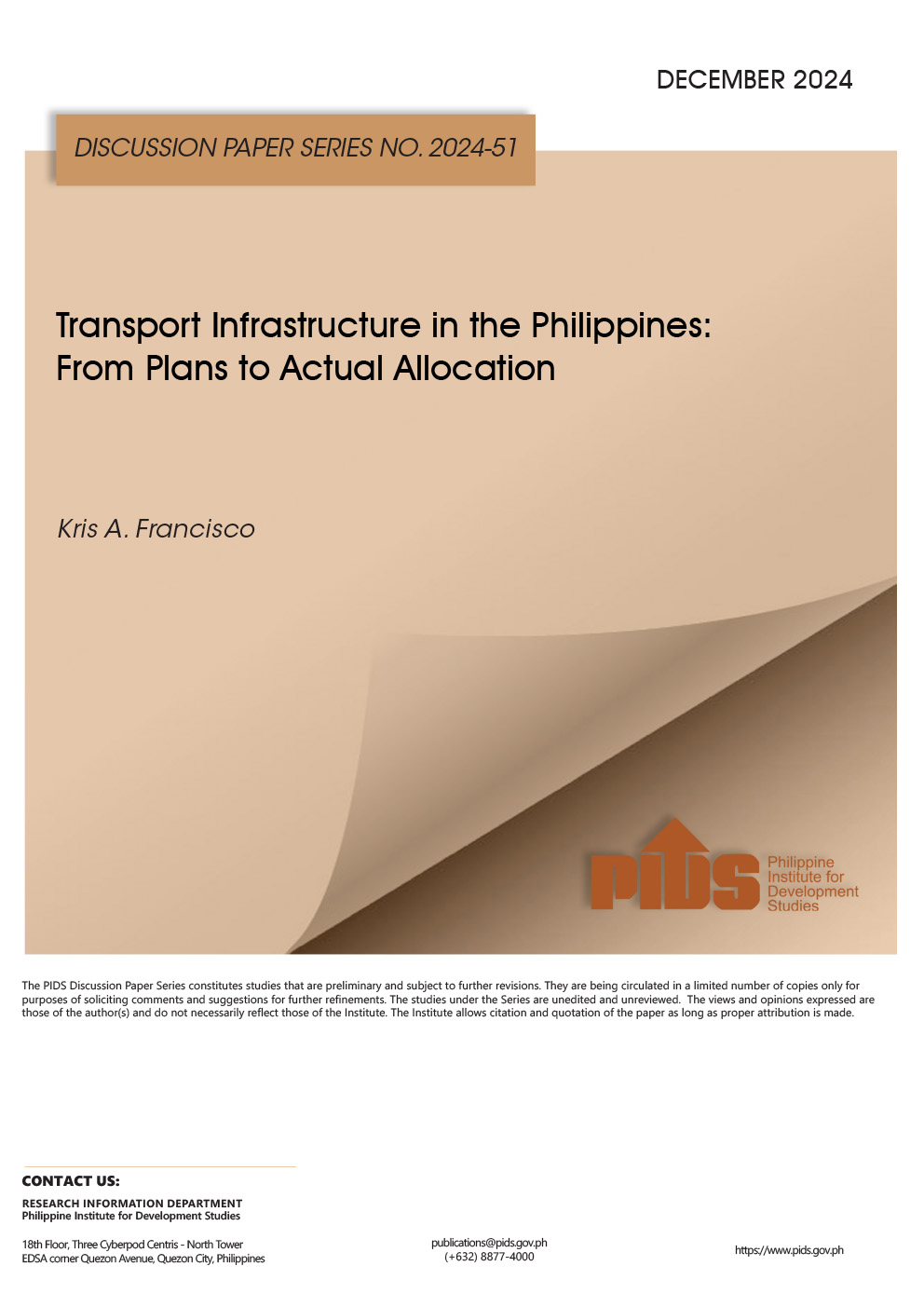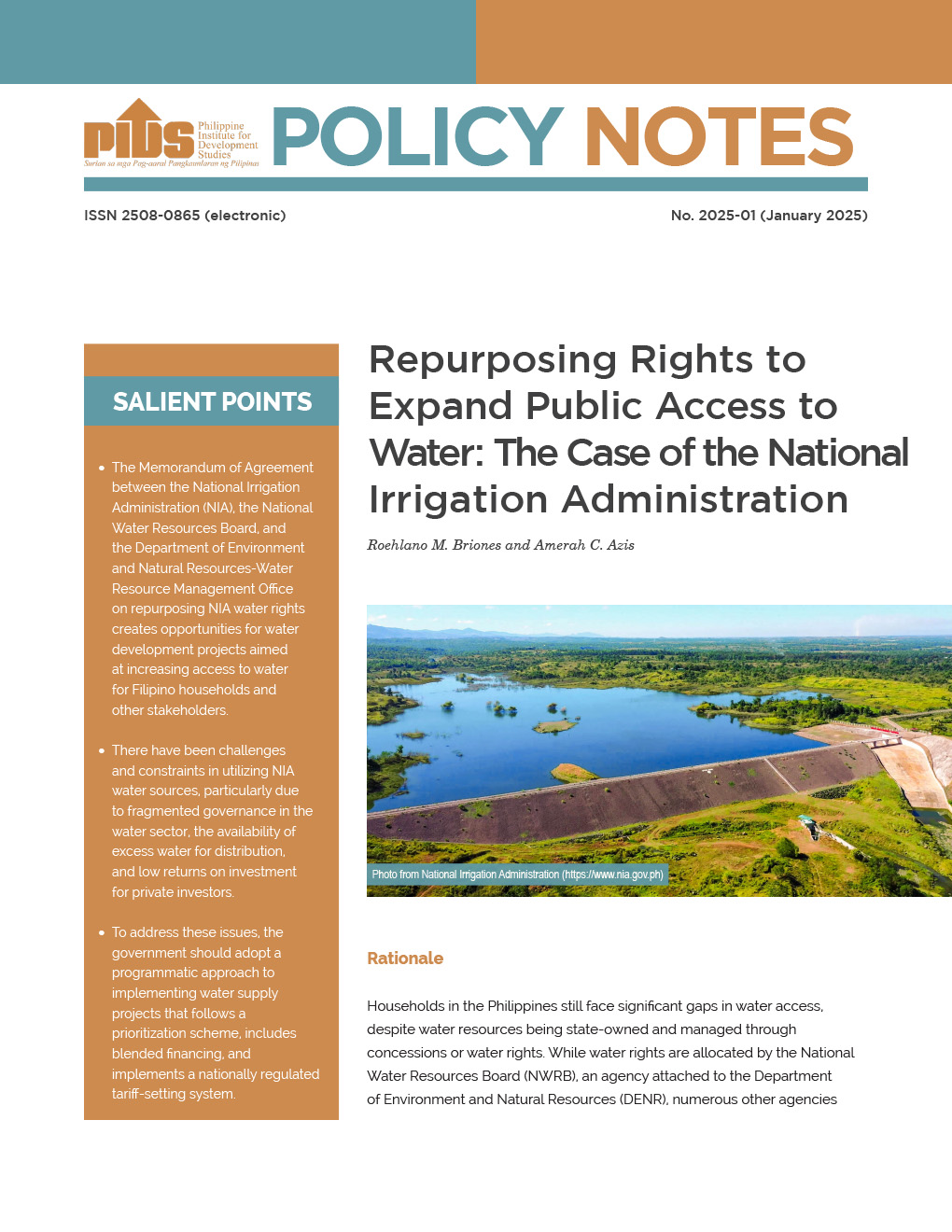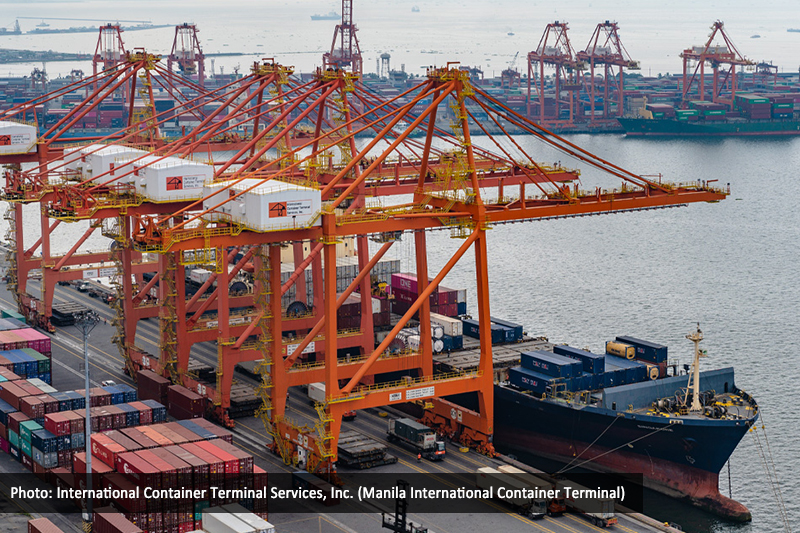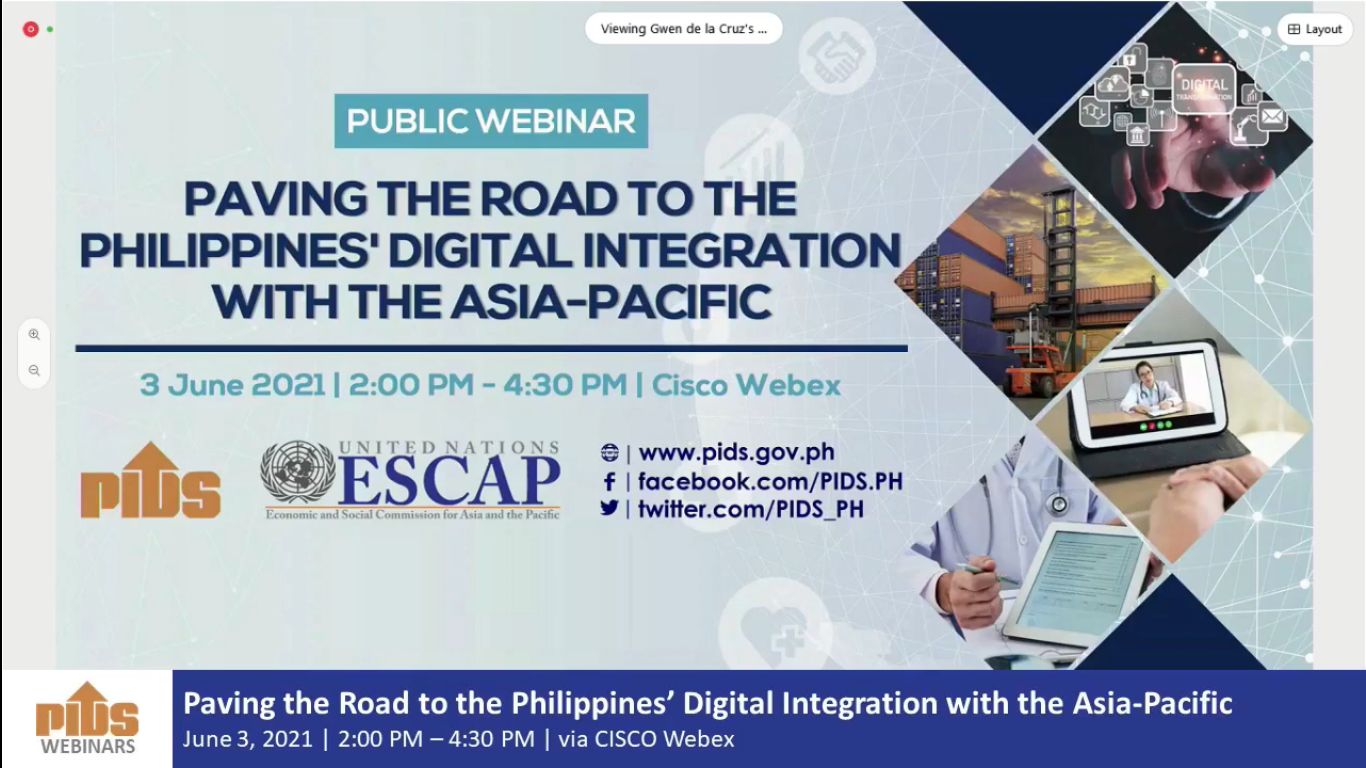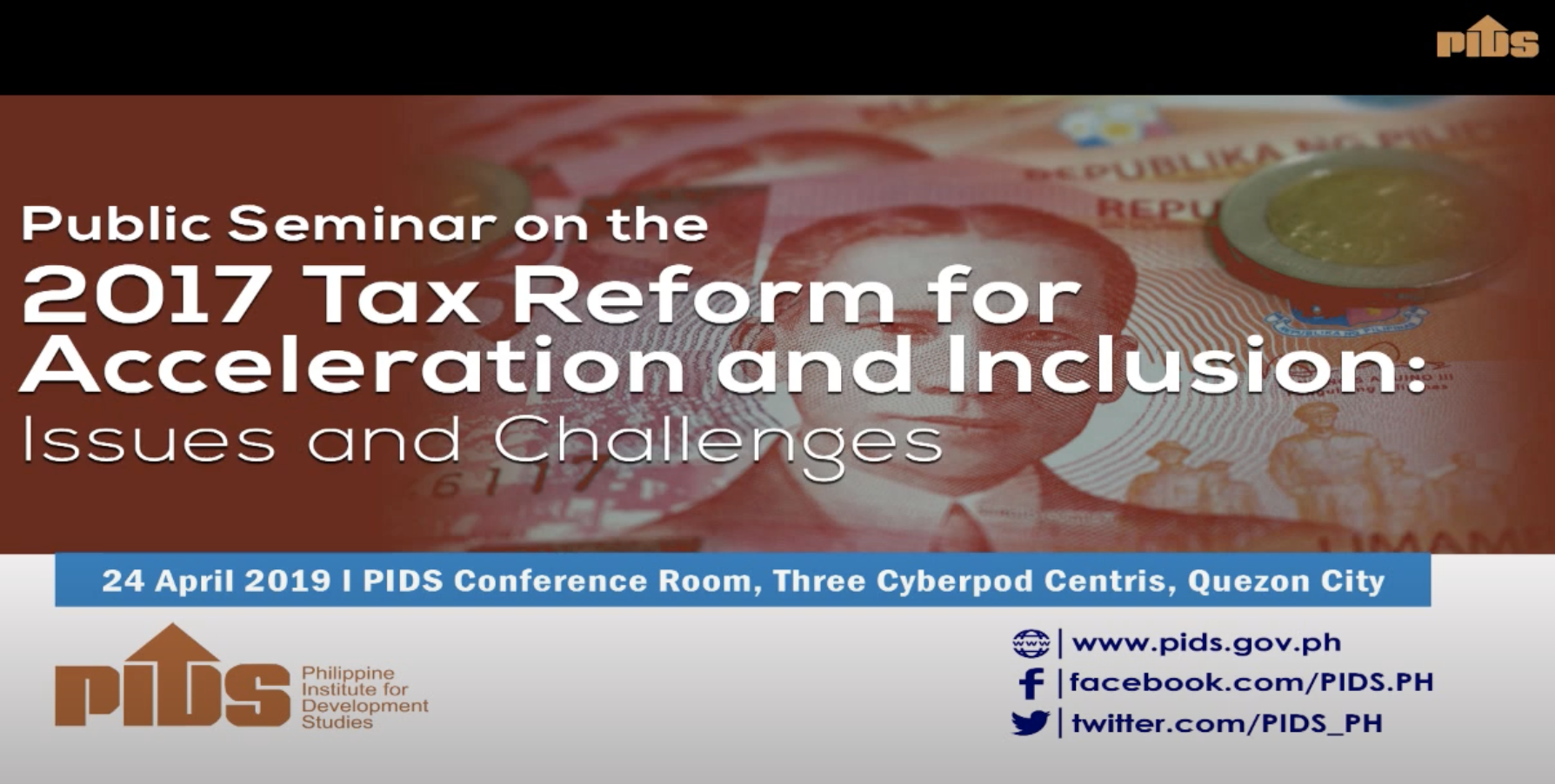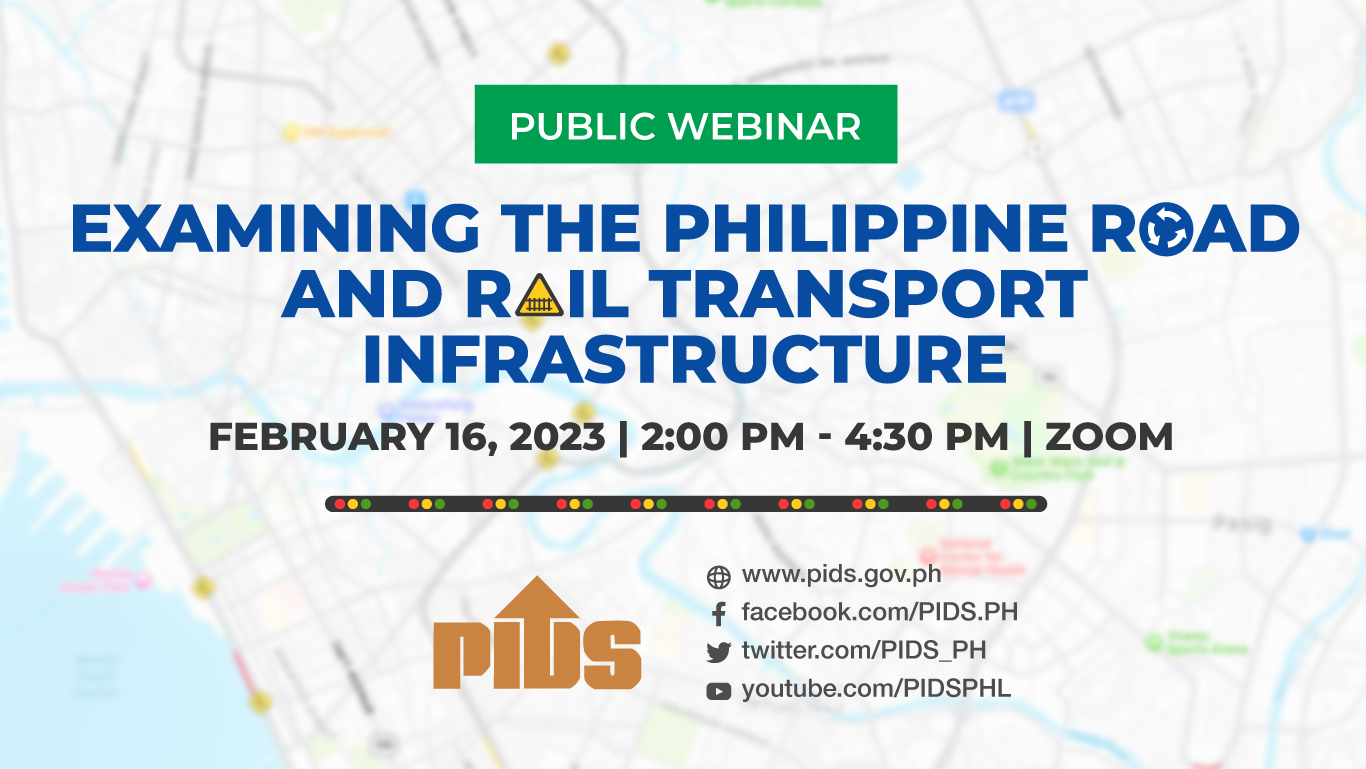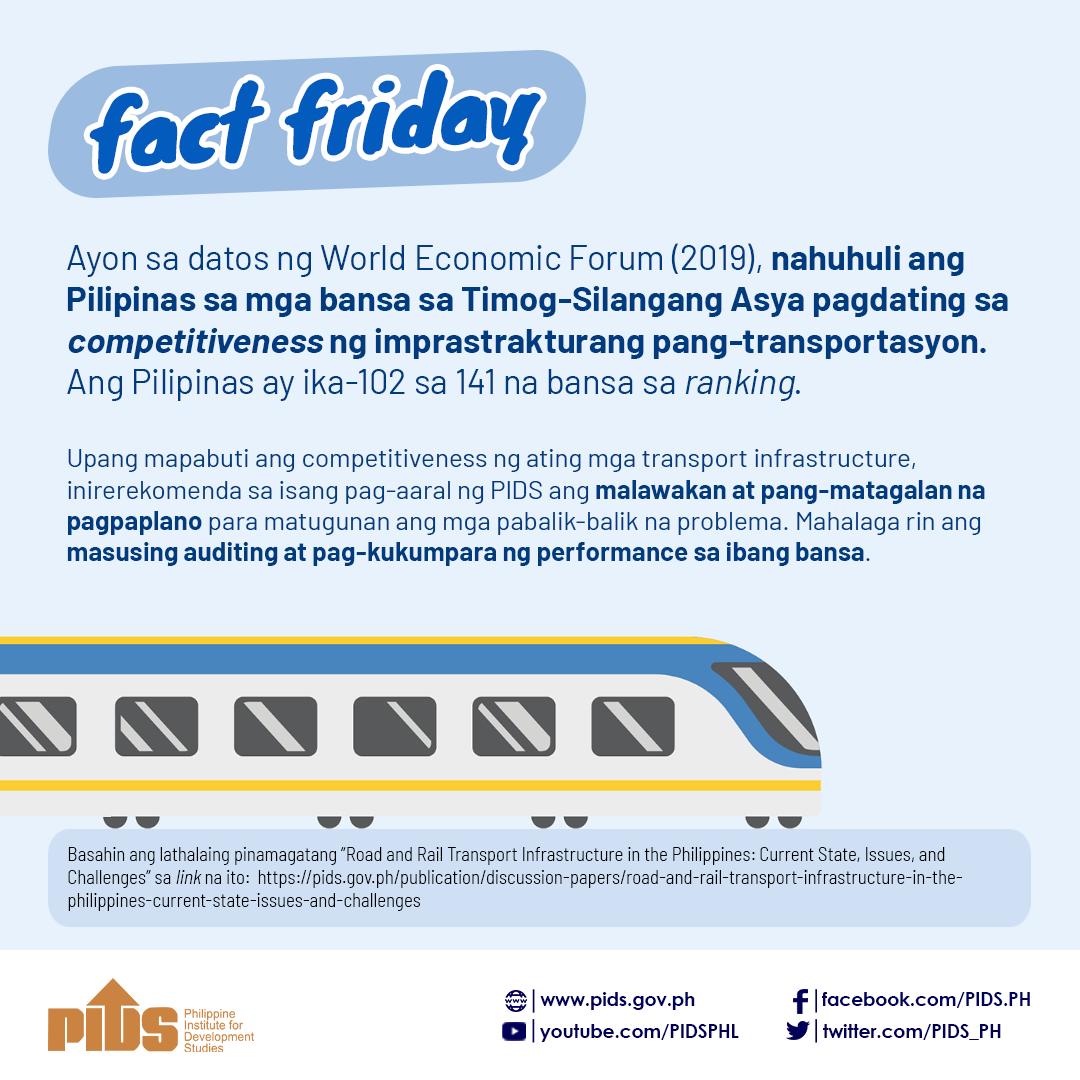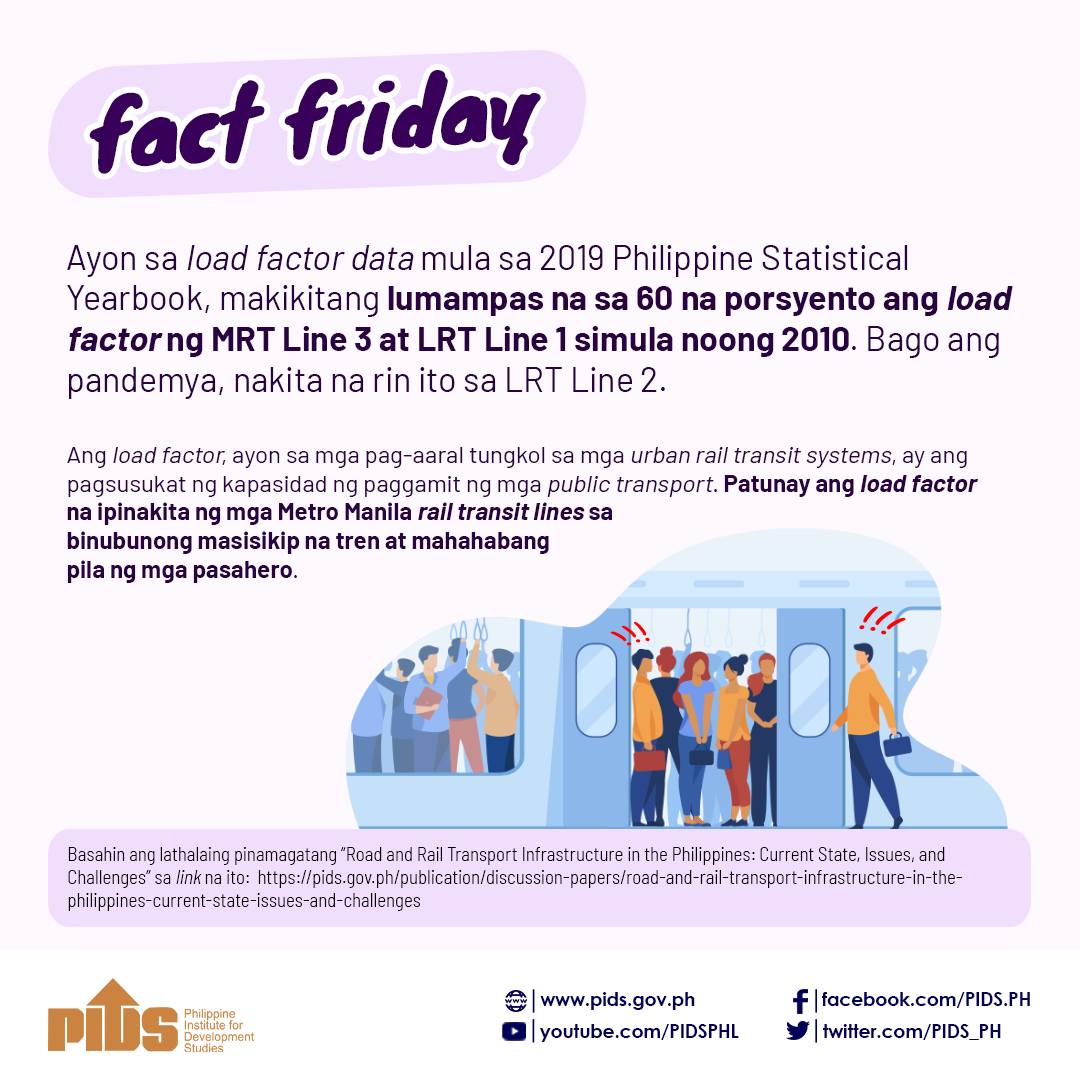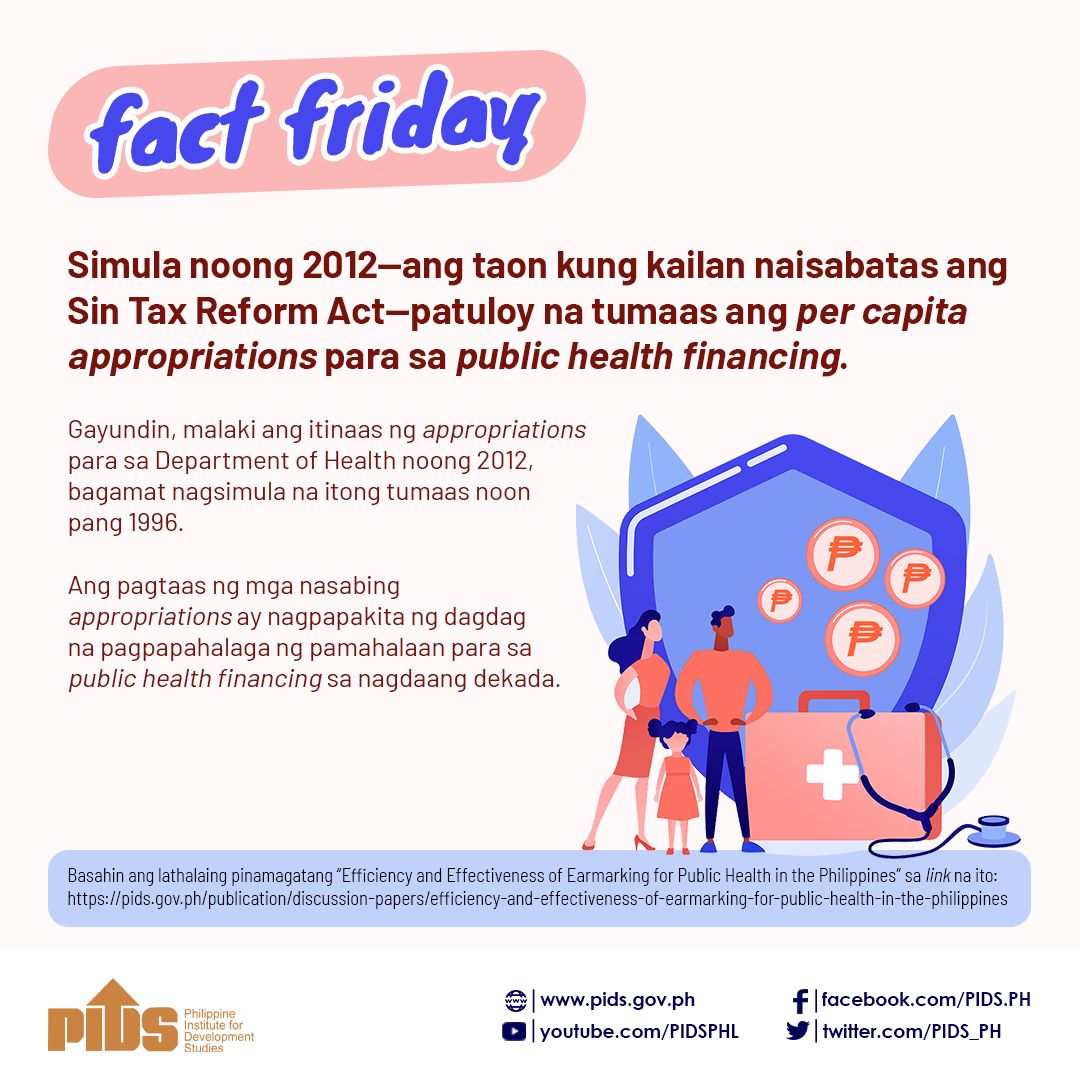The past two decades saw the exponential increase in the number of vehicles on Philippine roads. Apart from passenger cars and sports-utility vehicles, more trucks are seen traversing national and provincial roads. The improvement in the purchasing power of Filipinos guarantees that more vehicles will crowd city streets in the next five years, especially if the government fails to put up a mass transport system that will encourage people to ditch their cars.
The motorization of the Philippines provided additional revenue for the government via the road users’ tax, which was imposed in 2000. That year, Republic Act (RA) 8794, or “An Act Imposing a Motor Vehicle User’s Charge on Owners of All Types of Motor Vehicles and for Other Purposes” was signed. The National Tax Research Center noted in a paper that the MVUC was imposed starting 2000 and was implemented on a staggered basis until 2004. The Land Transportation Office was tasked to collect this tax from motor vehicle owners nationwide.
Under the law, the MVUC should be earmarked solely for road maintenance and the improvement of road drainage, installation of traffic lights and road safety devices, and for air pollution control. The road users’ tax is deposited in the Special Road Support Fund, Special Local Road Fund, Special Road Safety Fund and Special Vehicle Pollution Control Fund. From the tax collected, 80 percent is for the Special Road Support Fund; 5 percent, Special Local Road Fund; 7.5 percent, Special Vehicle Pollution Control Fund; and 7.5 percent for the Special Road Safety Fund.
Nearly two decades after it was imposed, the MVUC hardly made a dent in improving mobility and the air quality in Philippine cities and provinces. Traffic caused by the increasing number of vehicles was exacerbated by bad road conditions and obstructions, such as illegal vendors and parked vehicles, as well as the lack of traffic lights and safety devices. Also, despite a provision that 30 percent of the Special Road Support Fund is for drainage maintenance on national secondary roads, floods continue to make life more difficult for Metro Manila residents.
This is not surprising as the state-run Philippine Institute for Development Studies found that the identification, approval and implementation of proposed projects funded by the MVUC became problematic. Representatives from relevant agencies that should focus on formulating projects to be funded by the road users’ tax, such as vehicle pollution control, do not sit in committees. The guidelines for the use of the funds were also unclear, making it difficult to tap the MVUC.
Despite this, some local chief executives have found a way to ease congestion following the marching orders given by the President to improve the traffic situation in their respective areas. One good example is the city of Manila where its current mayor has been able to clear roads of illegal vendors, making it easier for motorists to navigate the city. However, the Philippines’s capital city and other Metro Manila cities could have done more if only the MVUC collections were more accessible to them.
The House of Representatives is planning to increase road users’ tax so it could be used for Universal Health Care and the Public Utility Vehicle Modernization Program. (See, “Higher road user tax seen to yield P89.4B in new revenue, up for House panel talks,” in the BusinessMirror, September 30, 2019). Before Congress approves proposals to hike the MVUC, we call on our lawmakers to look into the previous MVUC collections and explain to us why it had difficulties in its implementation. We also urge Congress and the national government to resolve the discrepancies in the collections before thinking of collecting more money from motorists who have to endure monstrous traffic all day long.

